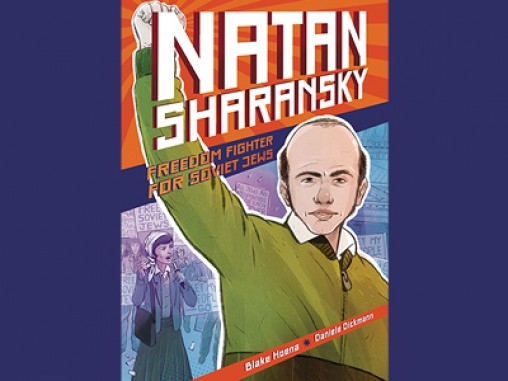
Prior to WWII Jews were generally focused inward on their mutual needs. After the war Jews became more accepted in American society. The insular urban neighborhoods gave way to the more open homogenous suburbs. Although great good has come from this transition, it has not occurred without costs. Among those costs has been a weaking of Jewish identity, of Jewish community, and of the value of Jewish mutual responsibility.
Some 20 or so years ago, one of the signs that many of us saw was a decline of philanthropy to help Jews. The signs were big and small. Large gifts from wealthy Jews shifted from Jewish community campaigns and institutions to non-sectarian universities, hospitals, and other institutions. Mitzvah projects for pre-b’nai mitvah students shifted from helping Israel or the local Jewish nursing home to supporting animal shelters, helping the inner-city homeless, and buying solar-cookers for victims of African famine.
The shift was not “wrong” or “bad.” But more and more it seemed to come at a price… abandonment of a central Jewish value, areyvut, or Jewish mutual responsibility. Seemingly lost in this pendulum swing was an understanding that our extended family, our people, deserve our caring, comfort, and commitment as much as others, if not more so.
Repairing the world and taking care of one’s own are not mutually exclusive. It is not either/or. But priorities are necessary. For me, the scale is tipped towards areyvut. But it is tipped, not tumbled. Others may lean towards addressing universal needs, but our tradition requires some reasonable attention to the needs of our people. Only ignoring one, the other or both should be reproved.
As the shift away from areyvut became more apparent to me I wondered, what can I do to revive the value of Jewish mutual responsibility. I landed upon the idea of inculcating the value through storytelling to children and pre-teens. Children’s books are a twofer… when they read together both the parent and the child can learn a lesson. And pre-teens are at an age where their values are being formed.
So, my family has provided funds to our local Jewish Federation of Greater MetroWest NJ through the Gary Aidekman Family Foundation, and they in turn have worked with publishers and authors to bring stories of areyvut to youngsters. Nathan Sharansky, Freedom Fighter for Soviet Jews, is such a story. Sharansky is a hero but he is not the only hero in the story. The Jews, led by his wife Avital, who met with world leaders and demonstrated in the streets to help gain his freedom are true heroes of areyvut.
Natan Sharansky: Freedom Fighter for Soviet Jews
Written by Blake Hoena, illustrated by Daniele Dickmann
Available in hardcover ($18.99), paperback ($8.99), and eBooks
Age Level: 8-11, Grade Level: 3-5
Natan Sharansky: Freedom Fighter for Soviet Jews is the story of the Soviet Jewish “refusenik” and human rights activist Anatoly “Natan” Sharansky. Born in 1948 to a Jewish family in what was then the Soviet Union, he was arrested as a young man and later imprisoned attempting to exercise his right to leave the Soviet Union and emigrate to Israel. Natan’s struggle came to symbolize the struggle of all Soviet Jews who fought for the desire to live freely as Jews in the Jewish state. With the help of his wife and family, Jewish community organizations, and Jewish activists throughout the world Natan eventually was released by the Soviets and made aliyah to Israel. There he continued his life’s mission of forging meaningful connections among Jews everywhere.
Please note that neither the Aidekman Family Foundation nor Jewish Federation of Greater MetroWest NJ benefits from the sale of this book.
Click here to order the book.
Click here to download the study guide.

